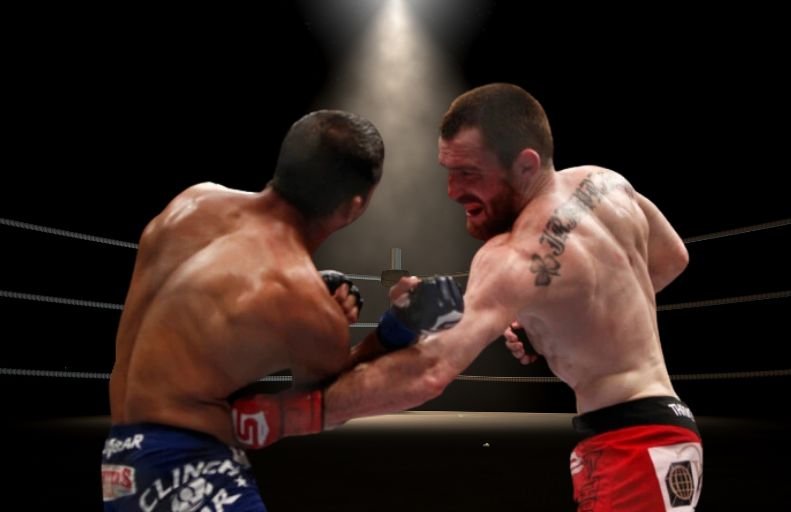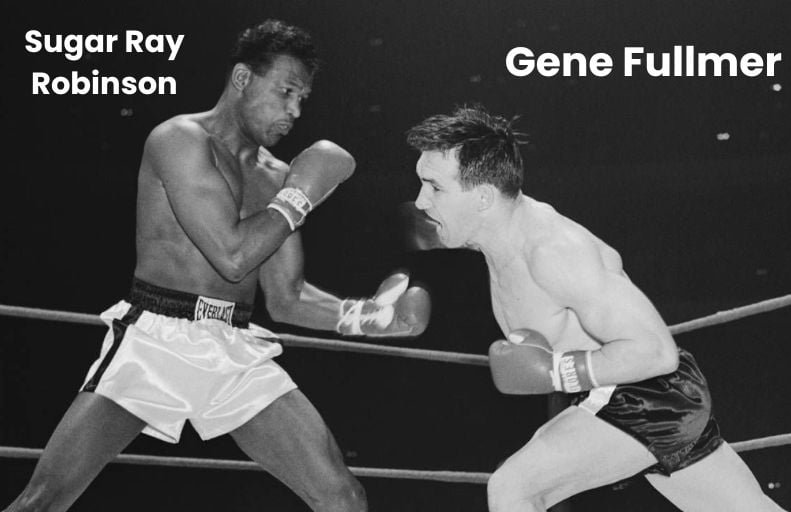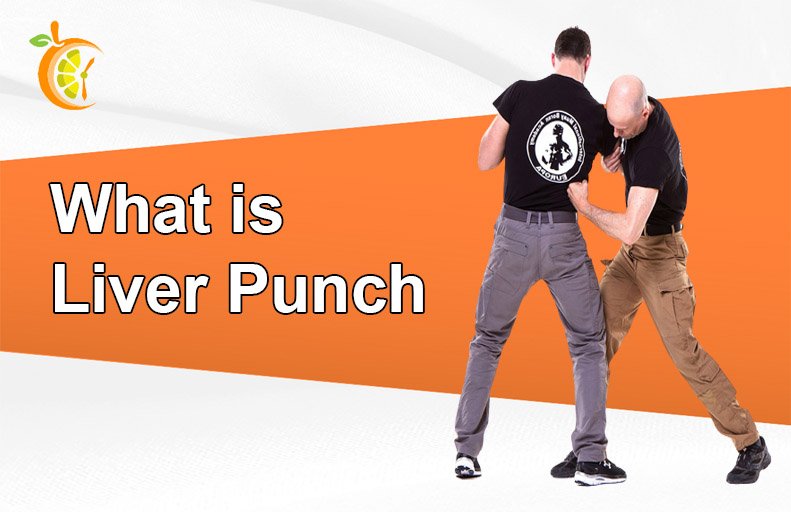A liver punch is a hit by a boxer to an opponent that hits the liver or upper part of the ribcage and makes it hard for the fighter to survive in the game. The taker fighter can lose his balance and breath and often, the referee gives him K.O. The liver is the important of the body, which is located in the upper right quadrant of the abdomen beneath the ribcage. In MMA, kickboxing and combat sports fighters hit the liver shot. We have developed this guide about liver punch and how it is so painful.
What is Liver Punch?

A liver punch is a legal shot hit by a fighter in combat sports, whether it is a knee, kick, or punch shot that hits the liver. It can also affect the ribcage, and the fighter feels breathless. The liver is the protective guard in our body that saves the body from harmful stuff. When a fighter gets a liver shot, it can be most dangerous and painful. Due to the liver position to the right side of the abdomen a well punch with left-hand leads to the K.O. The best and perfect punch can be quicker and hits the 9th and 10th rib.
What Does a Liver Punch Feel Like?
Most of the fighters who get the liver punch feel breathless and lose their body balance. Most of the perfect hits feel like an electric current or war with the knife, and the fighter takes 3 to 5 minutes to stabilize, but most of the shot turns the fight into a knockout. This is because the liver has a crucial role in the human organism and blood circulation. It is often seen most of the liver shots lead to direct K.O or T.K.O.
Is it Possible to Fight Through a Liver Short?
In some cases, it is seen the fighter continues the contest after getting a liver shot. If the hit does not pressure the vague nerve and damage the kidney, the fighter can be able to defend themself and remain in the contest. However, a direct liver punch that made it hard for the fighters to defend themselves ended the contest as a knockout.
Punch Impact on the Liver
Here is how a punch impact on the liver:
Liver Vulnerability
The liver is a highly vascular organ, meaning it is richly supplied with blood vessels. The liver’s position just beneath the ribcage makes it relatively exposed and less protected compared to other internal organs. Its location, combined with the force of a well-executed punch, can result in significant damage.
Nociceptor Activation
The liver is densely innervated with nociceptors, which are pain receptors. When the liver is struck, these nociceptors are activated, sending pain signals to the brain.
Pain Response
The pain signals from the liver travel rapidly through the nervous system to the brain. The brain perceives this pain as a sharp, excruciating sensation. In response, the body may react with various immediate effects, such as a delayed reaction, dropping the guard, or, in some cases, collapsing due to the intensity of the pain.
Recovery Time
The pain from a liver punch can linger, making it challenging for the affected fighters to regain composure and continue defending themselves. Recovery time can vary from seconds to minutes, depending on the force of the punch and individual resilience.
Why Liver Punches Are So Painful
In this section, we will explore the reasons why liver punches are exceptionally painful.
Activation of Pain Receptors
The liver is densely innervated with nociceptors, specialized pain receptors that detect potentially harmful stimuli. The body’s nociceptors can activate and send rapid and intense pain signals to the brain when a force hits the liver. The affected person feels much pain and falls to the ground.
Acute Pain Sensation
Nociceptors respond to the sudden mechanical trauma caused by a liver punch. The sharp and excruciating pain experienced is a result of the nociceptors signaling the brain that damage has occurred.
Vagal Response
A powerful blow to the liver can stimulate the vagus nerve, which is part of the parasympathetic nervous system. This stimulation can result in a vagal response, causing a sudden drop in heart rate and blood pressure. The recipient may feel a sensation of breathlessness or “having the wind knocked out” of them, further intensifying the feeling of pain and discomfort.
Disruption of Homeostasis
The vagal response induced by a liver punch can lead to a temporary disruption of the body’s equilibrium. In this way, the affected fighter can usually lose the body momentum and temporarily. They cannot survive more to fight against opponents or defend themselves from attack.
Liver Damage
Repeated and forceful liver punches can lead to liver damage over time. While the liver has some regenerative capacity, severe and frequent trauma can result in long-term harm, potentially causing liver disease.
Scarring and Fibrosis
Consistent liver trauma can lead to the formation of scar tissue (fibrosis) in the liver. Over time, fibrosis can progress to more severe conditions, such as cirrhosis, which can have serious health implications.
Notable Liver Punches in Combat Sports
Here are two notable liver punches in the boxing history:
Sugar Ray Robinson vs. Gene Fullmer (1957)

In a legendary middleweight title about, Sugar Ray Robinson unleashed a perfectly timed left hook to Gene Fullmer’s liver, dropping him to the canvas. This liver punch secured Robinson’s victory and the middleweight championship.
Muhammad Ali vs. Sonny Liston (1965)

Muhammad Ali was a famous boxer, and he delivered a quick and powerful hit to Sonny Liston in their rematch and knocked him out of the contest. The punch is named after the “Phantom Punch,” and it is the most well-known punch in boxing history.
Conclusion
The liver punch is a formidable technique in combat sports, renowned for its excruciating and often fight-ending effects. The liver, situated beneath the ribcage, is a vulnerable yet critical organ in the human body. Its susceptibility to pain is due to the activation of nociceptors when struck with force, which sends rapid pain signals to the brain. The potential for long-term liver damage due to repeated liver punches raises ethical concerns in combat sports. While liver punches may be painful to endure, they remain an integral part of the excitement and drama that make combat sports so compelling.


